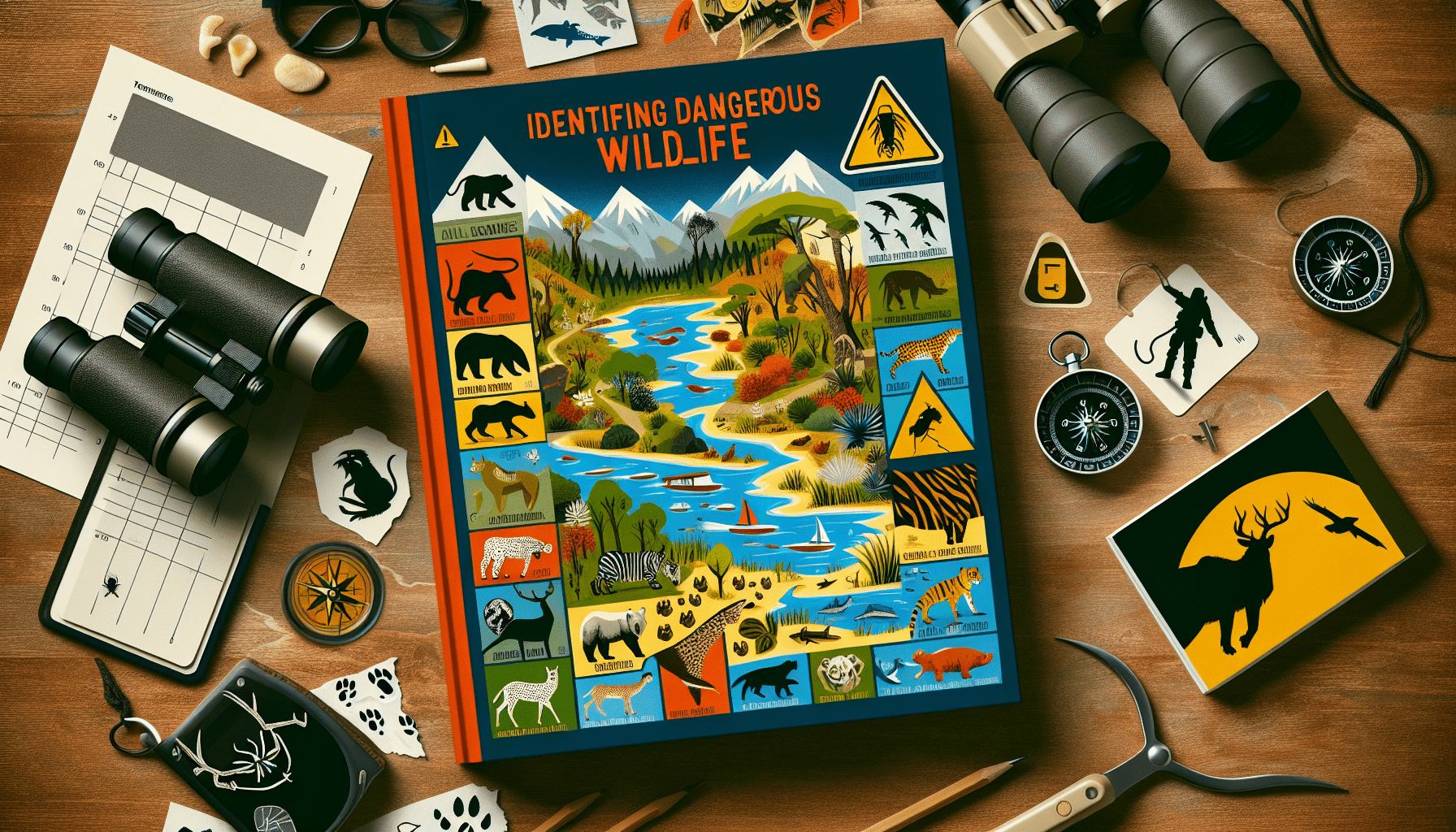If you have ever been curious about how to spot and recognize dangerous wildlife, look no further. This article will guide you on how to effectively search for and identify potential threats in the natural world. Whether you are an avid explorer or simply someone who enjoys nature walks, knowing how to recognize potentially dangerous wildlife is crucial for your safety. With a few simple tips and tricks, you will be equipped to confidently navigate any outdoor setting and avoid any unwanted encounters with dangerous animals.
Understanding the Importance of Identifying Dangerous Wildlife
Why it is important to be able to identify dangerous wildlife
Having the ability to identify dangerous wildlife is crucial for your own safety and the safety of others. By being able to recognize potentially dangerous species, you can take appropriate precautions and avoid potentially harmful encounters. It allows you to make informed decisions when exploring nature and helps you to protect yourself, your loved ones, and the environment.
The risks associated with encountering dangerous wildlife
Encountering dangerous wildlife can pose various risks, including physical harm, injuries, and even death. Animals such as venomous snakes, large predators, and aggressive insects can cause serious harm if not approached or handled properly. In some cases, dangerous wildlife encounters can also lead to the destruction of property or the loss of livestock. Understanding and identifying these risks is crucial to minimize potential harm and ensure your own safety.
The benefits of being knowledgeable about dangerous wildlife
Being knowledgeable about dangerous wildlife has numerous benefits. Firstly, it allows you to appreciate and enjoy nature without unnecessary fear or anxiety. It empowers you to make responsible decisions when venturing into wilderness areas. Additionally, it can deepen your appreciation for the natural world, its diversity, and the importance of conservation efforts. By understanding dangerous wildlife, you become an advocate for their protection, ensuring their habitats are preserved for future generations to enjoy.
Researching the Local Area
Finding information on dangerous wildlife in your local area
Start by conducting research on the dangerous wildlife that are native to your local area. Visit the websites of local wildlife management agencies, national parks, and conservation organizations. These resources often provide valuable information on the species that pose potential risks and how to identify them. Pay attention to any advisories or safety recommendations they provide.
Identifying specific species to watch out for
Once you have a general understanding of the dangerous wildlife in your area, focus on identifying specific species to watch out for. Each region may have its own unique list of dangerous wildlife. Snakes, bears, cougars, and venomous insects are common examples. Some species may be more prevalent in certain seasons or specific habitats. By knowing the specific wildlife to be cautious of, you can be better prepared and alert when exploring their habitats.
Understanding the habits and habitats of dangerous wildlife
To truly understand dangerous wildlife, it is crucial to familiarize yourself with their habits and habitats. Some species are more active during certain times of the day or year, while others have specific preferences for particular environments. Understanding their behavior patterns and preferred habitats can help you avoid potentially dangerous encounters. Additionally, it allows you to appreciate the ecological roles these species play, promoting a sense of respect and stewardship for their natural habitats.
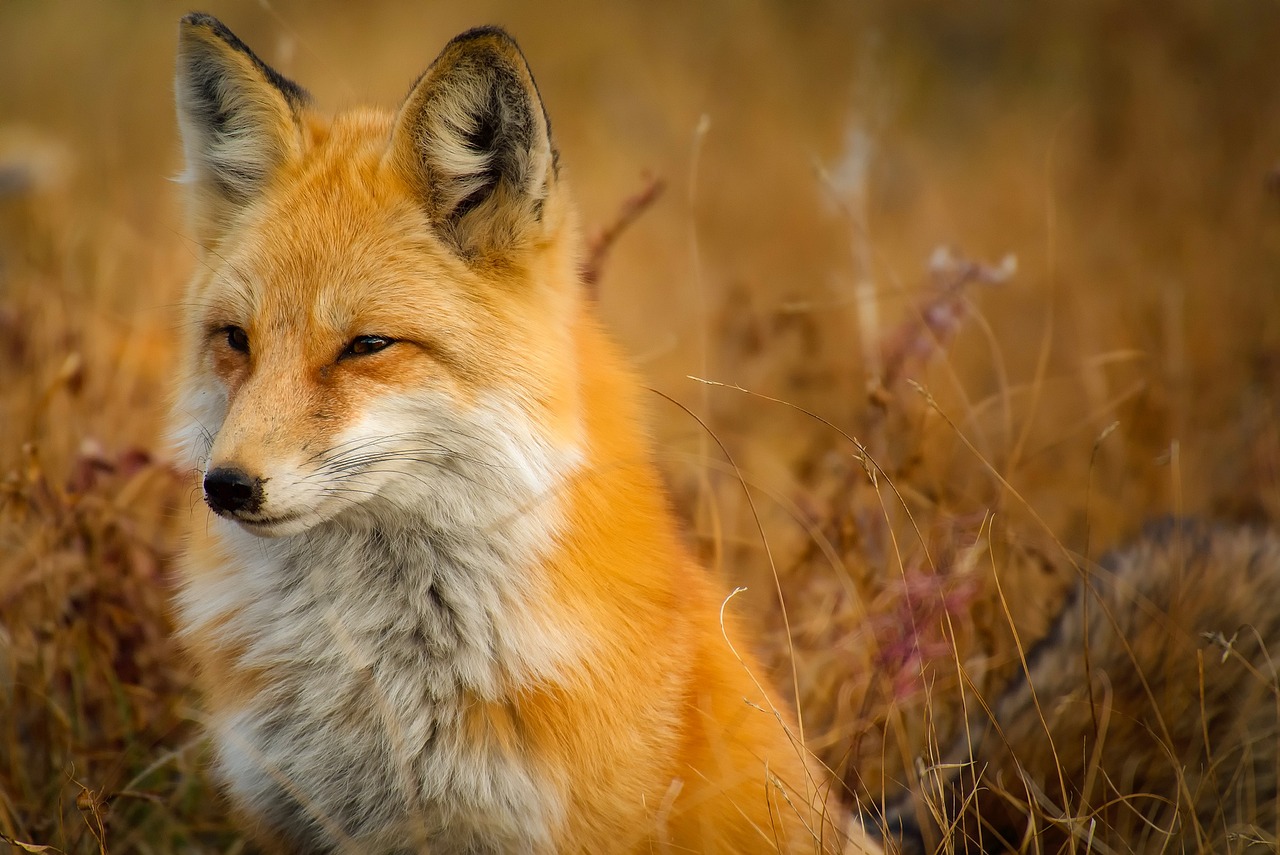
Recognizing Signs of Dangerous Wildlife Presence
Understanding tracks and footprints
One of the key ways to identify the presence of dangerous wildlife is by learning to recognize their tracks and footprints. Take the time to study field guides or resources specific to your region to understand the distinguishing characteristics of various animal tracks. By becoming familiar with their distinct patterns, you can determine if potentially dangerous wildlife may be in the vicinity.
Identifying scat and droppings
Scat and droppings left by wildlife can provide valuable clues about the presence of dangerous species. Research the different types of scat and droppings associated with dangerous wildlife in your area. By learning to identify these, you can assess whether potentially harmful animals have been in the area recently, signaling the need for caution.
Recognizing territorial markings
Wild animals often leave territorial markings to define their territory or communicate with other individuals of their species. Knowing how to identify these markings can provide insights into the presence of dangerous wildlife. Markings in the form of scratched trees, scent markings, or even feces can indicate the presence of large predators or territorial animals.
Noticing unusual sounds and calls
Different wildlife species have distinct sounds and calls that they use to communicate. Pay attention to the sounds you hear in the wilderness and try to identify them. Unusual sounds or calls can indicate the presence of dangerous wildlife or a potential threat nearby. By being attentive to these sounds, you can take appropriate precautions to ensure your safety.
Observing and Analyzing Animal Behavior
Watching for aggressive or defensive behavior
Animal behavior can provide vital clues about their potential danger. Watch for signs of aggression or defensiveness, such as raised fur, hissing, growling, or baring teeth. These behaviors are often a clear indication that an animal may pose a threat and should be approached with caution or avoided entirely.
Noting unusual hunting patterns
Some dangerous wildlife species may exhibit unusual hunting patterns that can be observed from a safe distance. For example, predatory animals stalking or circling their prey in a way that deviates from their typical behavior could indicate a heightened level of aggression or danger. By recognizing these patterns, you can assess the risk and adjust your own behavior accordingly.
Paying attention to signs of stress or discomfort
Wildlife experiencing stress or discomfort may exhibit behaviors that can be indicative of potential danger. Signs such as excessive pacing, agitated movements, or repeated vocalizations could suggest that an animal is feeling threatened or cornered. Respect their space and avoid putting yourself in a situation where their defensive instincts may be triggered.
Understanding body language and warning signs
Animals rely heavily on body language to communicate their intentions and feelings. By understanding their non-verbal cues, such as raised tails, flattened ears, or defensive postures, you can often anticipate their next move and respond appropriately. This understanding helps to ensure your safety and prevent any unnecessary interactions that could lead to harm.
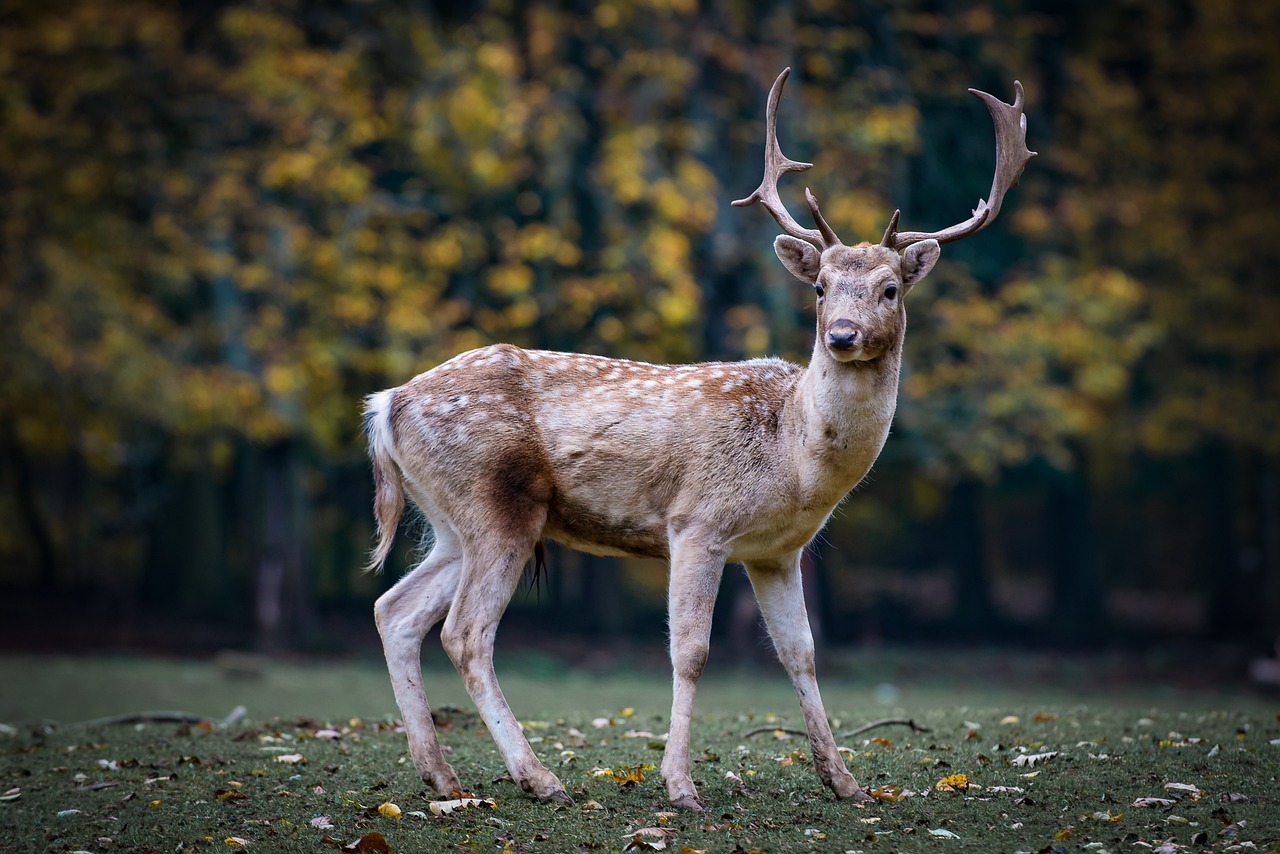
Identifying Physical Characteristics
Knowing the distinguishing features of dangerous wildlife
Each dangerous wildlife species has unique physical characteristics that set them apart from others. Familiarize yourself with these distinguishing features, such as coloration, markings, size, or specific adaptations. For example, venomous snakes may have triangular heads, whereas harmless snakes often have round heads. Being able to identify these distinguishing features can help you differentiate between harmless and dangerous species.
Differentiating between harmless and dangerous species
One of the most critical skills in identifying dangerous wildlife is learning to differentiate them from harmless species that may resemble them. Some non-dangerous species have evolved to mimic the appearance of dangerous ones as a survival strategy. For example, harmless snakes may mimic the coloration of venomous snakes. Careful observation and attention to detail are essential when distinguishing between these look-alike species.
Identifying venomous snakes and insects
Venomous snakes and insects can cause significant harm if not identified correctly. Understand the physical characteristics of venomous snakes, such as their heat-sensing pits or the shape of their pupils. For venomous insects, learn how to recognize specific body structures or markings. This knowledge gives you the ability to assess potential threats accurately and take appropriate precautions.
Recognizing venomous or poisonous plants
It is not only wildlife that can be dangerous; some plants can pose a risk as well. Become familiar with the venomous or poisonous plants present in your area, especially those commonly found in the wilderness. Identifying plants such as poison ivy or stinging nettle is crucial in avoiding potentially harmful encounters. Take the time to study their distinguishing characteristics and understand how to recognize and avoid them.
Utilizing Field Guides and Resources
Finding reputable field guides for your region
Quality field guides are invaluable resources when it comes to identifying dangerous wildlife. Look for reputable guides specific to your region that provide accurate information and illustrations. These guides typically include detailed descriptions, photographs, and range maps to aid in proper identification. Having a reliable field guide on hand can enhance your understanding of local wildlife and help you make informed decisions.
Using smartphone apps and online resources
In addition to traditional field guides, smartphone apps and online resources can be powerful tools for identifying dangerous wildlife. Many apps offer features such as photo recognition, habitat information, and animal vocalizations. Take advantage of these technological advancements to enhance your knowledge and identification skills. However, always remember to prioritize your safety and be aware of your surroundings while using electronic devices in the wilderness.
Joining local wildlife-watching groups or clubs
Engaging with local wildlife-watching groups or clubs can provide unique opportunities to learn from experienced individuals. These groups often organize outings and field trips to observe wildlife, allowing you to refine your identification skills in a supportive and educational environment. By joining such communities, you can exchange knowledge, share experiences, and foster a deeper appreciation for the importance of identifying dangerous wildlife.
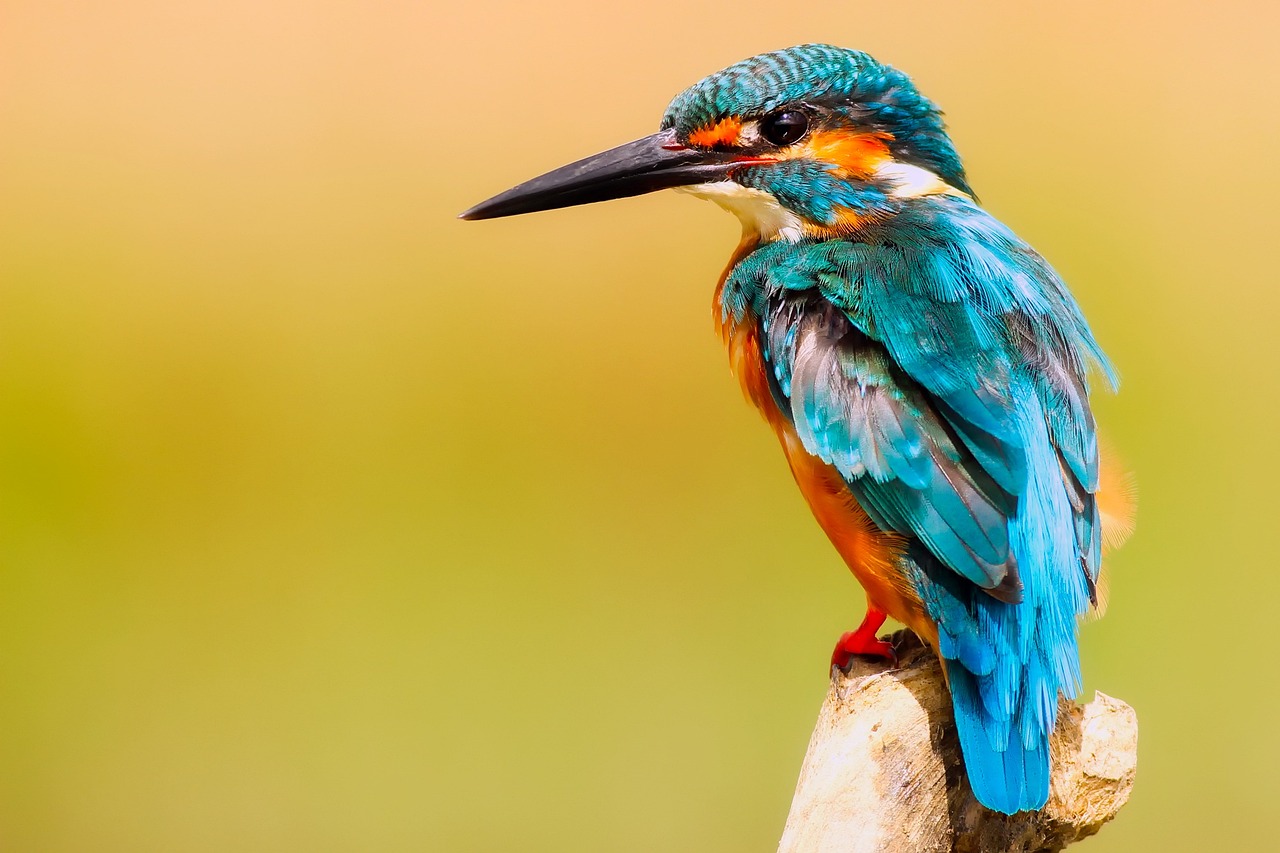
Learning from Local Experts and Indigenous Communities
Seeking guidance from park rangers and wildlife experts
Park rangers and wildlife experts possess extensive knowledge about local wildlife, including dangerous species. Seek their guidance when exploring new areas or if you have specific questions about identifying dangerous wildlife. They can provide invaluable insights and share firsthand experiences that can help enhance your understanding and awareness of potential risks. Respect their expertise and follow their advice for a safe and enriching wildlife experience.
Consulting with local indigenous communities
Local indigenous communities often have generations of experience coexisting with dangerous wildlife. Their traditional ecological knowledge can offer unique perspectives on identifying and living alongside these animals safely. Consult with these communities, when appropriate, as they can provide cultural insights, nuanced understanding, and valuable advice on how to interact responsibly with dangerous wildlife. It is important to approach these communities with respect and gratitude for sharing their knowledge.
Learning traditional ecological knowledge
Traditional ecological knowledge refers to the deep understanding of ecosystems and the interactions between humans and wildlife that indigenous communities possess. Alongside consulting with local indigenous communities, take the time to educate yourself about traditional ecological knowledge related to dangerous wildlife. This knowledge encompasses not only identification but also ethical practices, ways of mitigating risks, and the importance of preserving wildlife habitats.
Understanding and Respecting Wildlife Laws and Regulations
Familiarizing yourself with local wildlife protection laws
Each region typically has specific wildlife protection laws and regulations in place. Take the time to familiarize yourself with these laws, ensuring you are aware of any species that are protected or endangered. Understand the restrictions and guidelines regarding wildlife encounters, habitat preservation, and responsible behavior in wilderness areas. Compliance with these laws is crucial for both the welfare of wildlife and your own legal protection.
Knowing when and where it is legal to observe wildlife
While observing wildlife is a wonderful experience, it is essential to know when and where it is legal to do so. Some areas may have restrictions during breeding or nesting seasons or in designated protected areas. Respect these guidelines to avoid interfering with critical life cycles or causing distress to the wildlife. By observing wildlife responsibly and legally, you contribute to the overall conservation efforts and help maintain the balance of ecosystems.
Understanding ethical guidelines for wildlife encounters
Ethical guidelines for wildlife encounters focus on minimizing disturbance to the animals and their habitats while prioritizing their well-being. Avoid approaching wildlife too closely or attempting to feed or touch them. Keep a safe distance and use binoculars or telephoto lenses to observe from afar. Remember that our presence in their environment should be respectful and non-intrusive, allowing wildlife to behave naturally without unnecessary stress or harm.
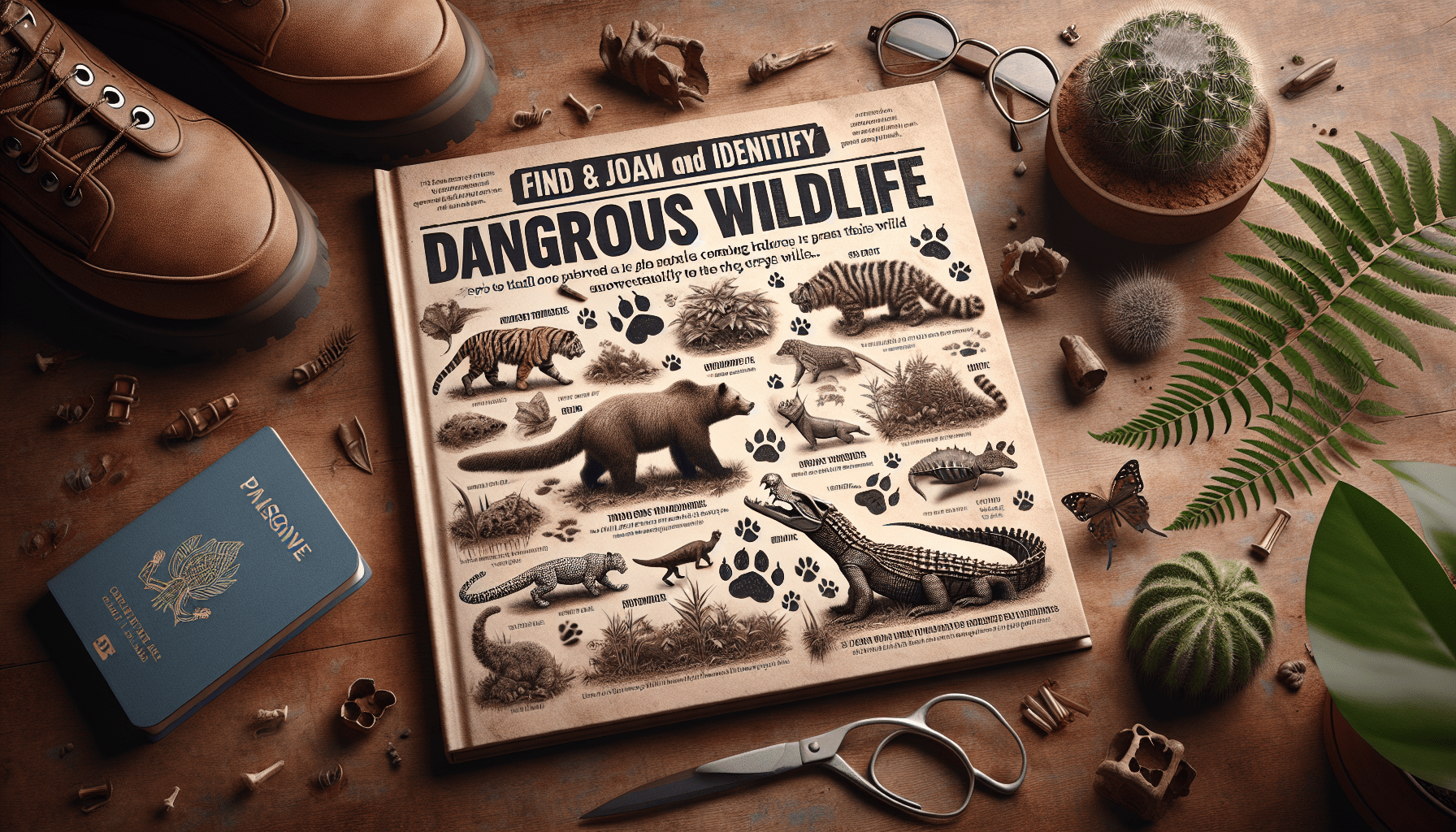
Taking Precautions and Preparing for Wildlife Encounters
Using appropriate safety gear and clothing
When preparing for wildlife encounters, it is important to equip yourself with appropriate safety gear and clothing. Wear sturdy footwear and clothing that provides protection against bites, stings, or scratches. Consider a wide-brimmed hat and long sleeves to shield yourself from the elements. Carrying a whistle or air horn can also serve as a non-lethal deterrent to ward off potentially dangerous wildlife if needed.
Carrying bear spray or other deterrents
Depending on your location and the specific wildlife you may encounter, carrying bear spray or other deterrents can provide an added layer of protection. Bear spray is a proven effective deterrent against bear attacks and can be found in outdoor and sporting goods stores. Additionally, research any other specific deterrents or techniques that are recommended for your region and the wildlife you are likely to encounter.
Knowing how to react during a wildlife encounter
Encountering dangerous wildlife can be frightening, but knowing how to react can make a critical difference. In general, it is best to remain calm and avoid sudden movements or loud noises. Back away slowly and give the animal plenty of space. Do not run, as some animals may perceive it as a trigger to chase. Educate yourself on species-specific recommendations to ensure you are prepared to react appropriately.
Creating a wildlife encounter plan
Before exploring wilderness areas, it is advisable to create a wildlife encounter plan. This plan should include information on the potential dangerous wildlife in the area, emergency contact numbers, and steps to take in case of an encounter. Share this plan with a trusted friend or family member and make sure they know where you will be. Having a comprehensive plan in place increases your preparedness and safety during wildlife encounters.
Seeking Professional Assistance
Contacting local wildlife management agencies
If you encounter dangerous wildlife that poses an immediate threat to human safety, contact local wildlife management agencies for professional assistance. These agencies have trained personnel who can safely handle and remove dangerous animals from residential areas or public spaces. Their expertise ensures the safety of both humans and wildlife and prevents any unnecessary harm or conflicts.
Dealing with wildlife control professionals
Wildlife control professionals specialize in managing human-wildlife conflicts. If your property is at risk or you require assistance with the removal or relocation of dangerous wildlife, contact these professionals. They have the necessary tools and experience to handle potentially dangerous situations effectively and ensure the safety of all involved. Do not attempt to handle these situations yourself, as it can be dangerous and unlawful.
Knowing when to call for emergency help
In rare cases where immediate danger or a life-threatening situation arises due to dangerous wildlife, do not hesitate to call for emergency help. If someone has been injured or wildlife is behaving aggressively and putting lives at risk, contact emergency services right away. While these situations are rare, it is crucial to prioritize personal safety and seek professional assistance when necessary.
In conclusion, understanding and identifying dangerous wildlife is essential for personal safety, responsible exploration of the natural world, and the protection of wildlife and their habitats. By researching your local area, recognizing signs of their presence, observing and analyzing their behavior, familiarizing yourself with their physical characteristics, and utilizing various resources and expertise, you can confidently coexist with wildlife. Remember to always prioritize safety, respect wildlife and their environments, and comply with laws and ethical guidelines. Whether you are hiking, camping, or simply observing wildlife, being knowledgeable about dangerous wildlife enhances your experience and fosters a deeper connection with the natural world.
